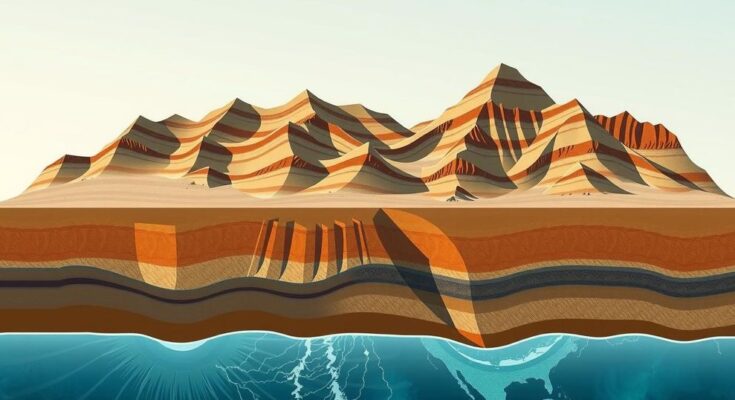The Japan Meteorological Agency reported that the 7.7 magnitude earthquake in Myanmar was caused by strike-slip faults similar to those in the 2016 Kumamoto earthquake. It compared the quake’s magnitude to prior events, noted structural collapse in Bangkok, and referenced long-period ground motion effects.
Japan’s Meteorological Agency has reported that the magnitude 7.7 earthquake that struck central Myanmar was triggered by horizontal land slips, specifically identified as “strike-slip” faults. This mechanism is comparable to the faults that caused the notable earthquake in Kumamoto, Japan, in 2016. The震度 of the recent Myanmar earthquake was similar to that of the 7.6 magnitude quake at Noto Peninsula, which occurred on New Year’s Day of the previous year.
In historical context, the agency noted that the region from Myanmar to China has experienced a series of earthquakes registering magnitudes of 7 in the past. Additionally, the recent quake resulted in significant structural damage, including the collapse of a 30-story building under construction in Bangkok, Thailand, situated over 1,000 kilometers away from the quake’s epicenter.
The agency highlighted that the distant impact was possibly due to “long-period ground motion,” which allows powerful tremors to resonate over great distances. This phenomenon was also observed during the 2011 Great East Japan Earthquake, when tall buildings in Tokyo and Osaka exhibited considerable swaying effects due to such motions. Following the magnitude 7.7 earthquake, a subsequent tremor measuring 6.4 was recorded in the nearby area.
In summary, the Japan Meteorological Agency has linked the recent magnitude 7.7 earthquake in Myanmar to horizontal slips along strike-slip faults, drawing parallels with previous significant quakes. The earthquake’s wide-ranging effects included distant structural damage in Bangkok, showcasing the reach of long-period ground motion. Such seismic activities are not isolated, reflecting historical precedents of similar magnitude earthquakes across the region.
Original Source: www3.nhk.or.jp




